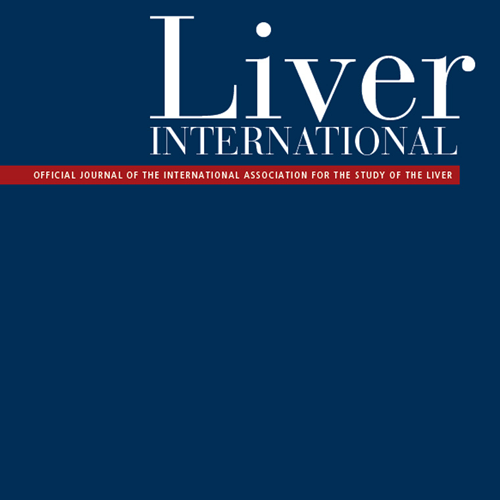Summary
In 2016, Asia and Pacific countries endorsed action plans for reaching viral hepatitis elimination targets set in the Global Health Sector Strategy (GHSS) for Viral Hepatitis 2016-2021. We examine the region’s progress by modelling disease burden and constructing the cascade of care. Between 2015 and 2020, chronic HBV prevalence declined from 4.69% to 4.30%, and HCV prevalence declined from 0.64% to 0.58%. The region achieved the 2020 target of 30% incidence reduction for HBV, whereas HCV incidence declined by 6%. Hepatocellular carcinoma incidence for HBV and HCV increased by 9% and 7%, respectively. Liver-related deaths from HBV rose by 8%, and mortality attributable to HCV plateaued. Large testing and treatment gaps remained in 2019: only 13% of chronic HBV infections were diagnosed and 25% treated; 21% of chronic HCV infection were diagnosed and 11% treated. Viral hepatitis must become national priority with adequate funding to reach elimination goals by 2030.
Countries/Territories: Asia and Pacific

